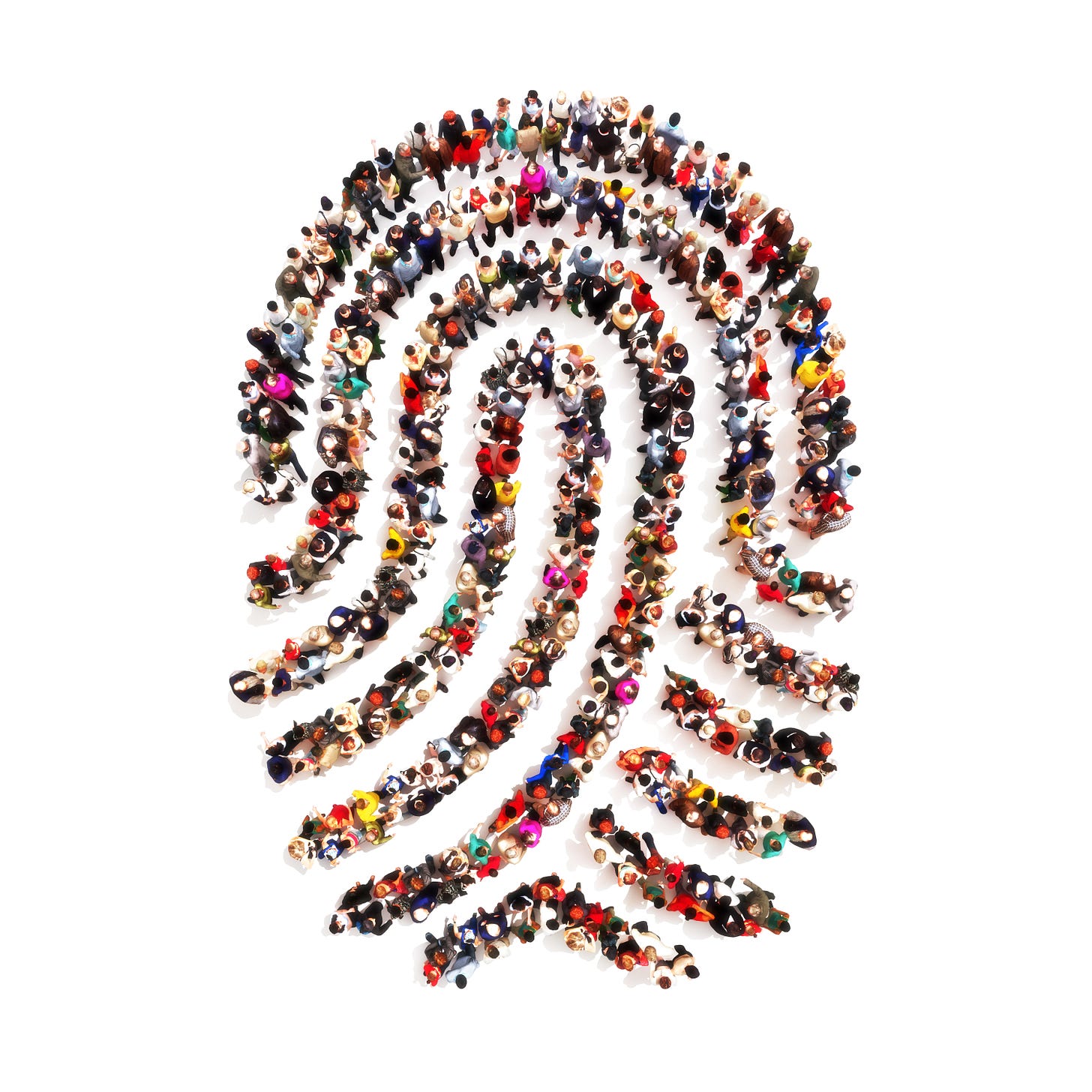Swedish donors generally prepared for identity release but majority want support for potential contact
Are open-identity donors prepared for release of their identity? Long-term follow-up of a national sample of oocyte and sperm donors. (Lampic, 2025)
Lampic, C., Thorup, E., Bladh, M., Nedstrand, E., Brinck, X., Skoog Svanberg, A., & Sydsjö, G. (2025). Are open-identity donors prepared for release of their identity? Long-term follow-up of a national sample of oocyte and sperm donors. Human Reproduction, advance article. https://doi.org/10.1093/humrep/deaf134
Lampic, C., Bladh, M., Skoog Svanberg, A., & Sydsjö, G. (2024). Are open-identity oocyte and sperm donors ready for the release of their identity to offspring conceived with their gametes? Follow-up 14-17 years post-donation [Abstract P-495]. Human Reproduction, 39(Supplement_1), i425. https://doi.org/10.1093/humrep/deae108.836
Geographic Region: Sweden
Research Question: What are the perspectives of oocyte and sperm donors 14-17 years post-donation on the release of their identity and potential contact with donor-conceived offspring?
Design: Part of the longitudinal Swedish Study on Gamete Donation (SSGD) involving all clinics performing gamete donation in Sweden. The research team conducted a comprehensive fifth wave of data collection in 2021-2022 (14-17 years after initial donation) using a postal survey with study-specific questions.
Sample: 191 donors (100 oocyte donors and 91 sperm donors) who participated in open-identity donation between 2005-2008. The sample excluded donors who knew recipients personally or knew their donation hadn't resulted in a living child. At follow-up, donors averaged 49 years old for sperm donors and 45 years old for oocyte donors. The majority had university education (85% of sperm donors, 68% of oocyte donors), and most had legal children (67% of sperm donors, 85% of oocyte donors). Response rates were 83% for oocyte donors and 92% for sperm donors. About half of donors knew their donations had resulted in children, while the other half remained unaware of donation outcomes.
Key Findings:
Almost all donors (93%) wanted to be notified when donor-conceived offspring request their identity information.
A majority had positive (71%) or neutral (19%) attitudes toward being contacted by donor-conceived offspring, with only 10% expressing negative attitudes.
More than half of donors (59%) wanted support regarding potential contact, either through written information or personal counseling.
About 60% of donors indicated willingness for donor-conceived offspring to meet their family members.
Sperm donors placed higher value on genetic parent-child relationships compared to oocyte donors. This finding was statistically significant.
Oocyte donors were more open about having donated to all people except partners, with higher disclosure rates across all categories.
No demographic factors predicted attitudes toward contact or need for support.
Donors unaware of any offspring were 3x more likely to be negative about contact. (This finding is from the conference poster.)
80% indicated that they would like the clinic to convey to the DCP that they were open to contact. (This finding is from the conference poster.)
Limitations: The sample was limited to Swedish donors in an altruistic donation system, potentially limiting transferability to commercial donation contexts. Potential selection bias toward donors comfortable with long-term research participation and possible social desirability bias in self-reported attitudes.
Applications: Clinics and industry stakeholders could consider implementing notification systems when identity is released and providing ongoing counseling services. Clinics should consider procedures for conveying donors' stances on contact to offspring.
Funding Source: The study received financial support from the Swedish Research Council (grant number 2021-03174), the Swedish Research Council for Health, Working Life and Welfare, and grants from the Swedish state under an agreement between the Swedish Government and the County Councils, ALF Grants, Region Östergötland.
Lead Author: Claudia Lampic is a Professor at the Department of Psychology at Umeå University who specializes in donor conception research and has led the Swedish Study on Gamete Donation since 2004. She did not indicate a personal connection to donor conception.
Regulatory Context:
Sweden was one of the first countries to implement identity-release donation, passing legislation in 1984 that went into effect in 1985. Donor-conceived individuals have the legal right to obtain identifying information about their donor when they reach “sufficient maturity,” typically interpreted as age 18, though no specific age is mandated by law. Donor information is recorded in medical records that the child can access as an adult.
Only altruistic gamete donation is allowed. Donors can receive compensation for expenses and inconvenience, but not payment for the gametes themselves. Donors must be 18 years or older.
Legislation allowed donor insemination through the public healthcare system for heterosexual couples in 1985, and IVF treatment with donor eggs or sperm were also permitted to heterosexual couples in 2003. Sperm donation treatment became accessible to lesbian couples in 2005. In 2016, legislation was passed to allow access to assisted reproductive treatments, including procedures with donor eggs and donor sperm, for single women and lesbian couples. A separate change occurred in 2019, allowing both private and public clinics to perform treatments with donated eggs, and a double donation (using both a donated egg and donated sperm) became legal.
In Sweden, a donor can contribute to a maximum of six families. A central register of all donor treatments is maintained by the National Board of Health and Welfare. This register helps to connect donor-conceived individuals, donors, and their relatives.
Related Posts
Majority of donor-conceived teens want donor information access, regardless of family or donation type. (Groundstroem, 2024)
Adolescent-parent relationships similar across donation and IVF families (Paulin, 2024)
Social pressures and partner support drive parents' disclosure of donor conception (Paulin, 2024)

